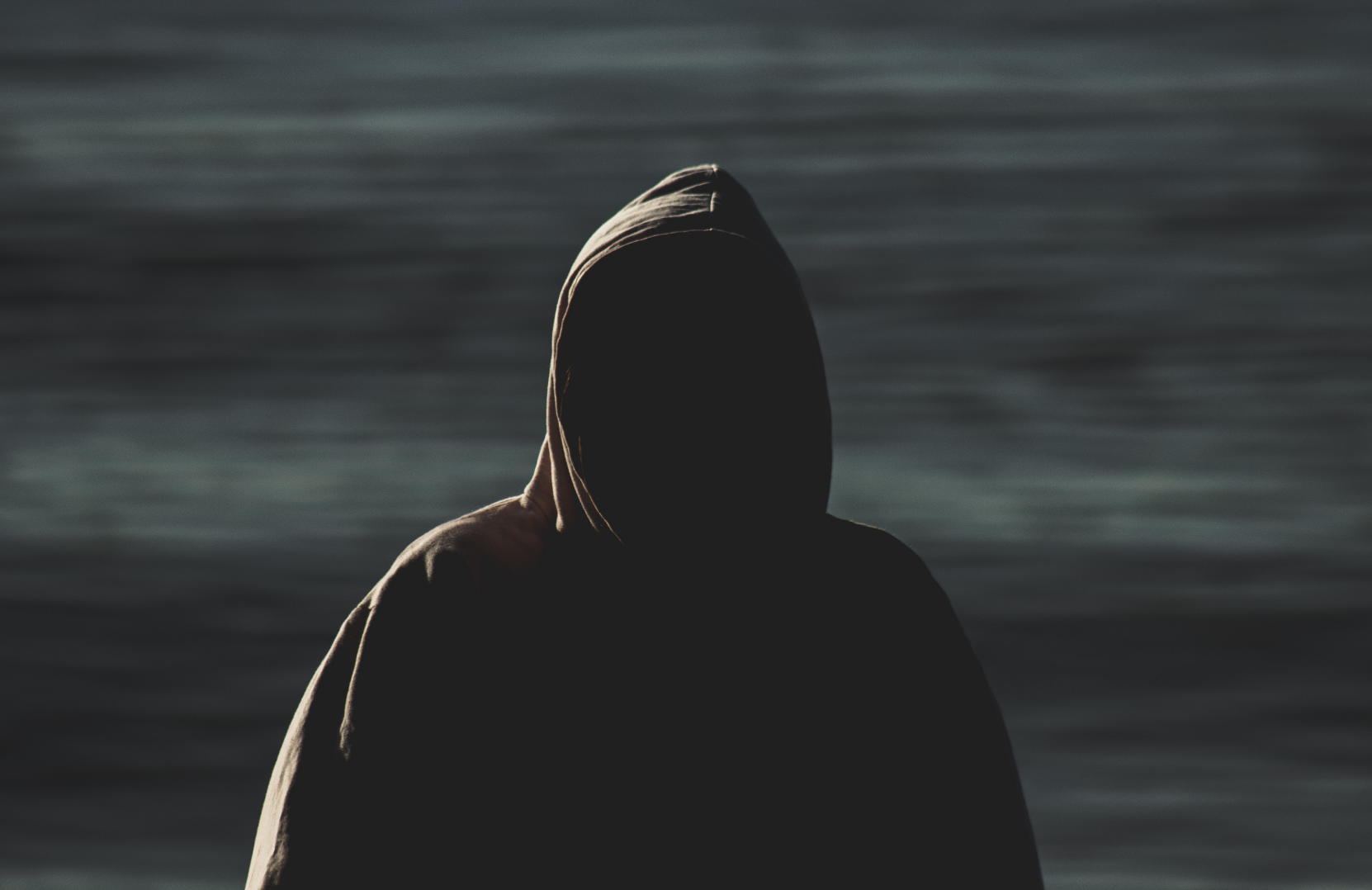After Julie Lalonde’s best friend declared his undying love for her following her high school graduation, she took part in a causal relationship with him. When she decided to move away to pursue her passion for women’s studies in Ottawa, her once-causal relationship took a dark turn.
Lalonde continued a long-distance relationship for a month after her move, but her boyfriend at the time decided he couldn’t handle the distance and moved to Ottawa to be with her. After he moved, their relationship took a turn for the worse. “Things really went sideways; he was really possessive, really jealous, and really controlling,” Lalonde says.
After two years and two attempts at the relationship, Lalonde decided to leave, but for the next 10 years, she was constantly stalked and harassed in person and online. She moved three times and at one point found out that her stalker had moved into the apartment that looked into hers. “You just accept that this is your life, and no one is going to help you; no one can help you even if they want to,” she says.
It was only when her stalker died suddenly in an accident that the nightmare of being stalked was put to rest for Lalonde. “I was shocked. I did not believe it and it took me years for it to truly feel real,” she says.
The Stalking Prevention and Awareness Center (SPARC) website states that “the majority of stalking victims are stalked by someone they know. Many victims are stalked by a current or former intimate partner, or by an acquaintance.”
Lalonde refers to the experience of being stalked as dehumanizing: “You are not a person in this person’s eyes. You are an object for them to be fixated on.”
While she was being stalked, Lalonde says the police dismissed it right away. “In my case, the police believed it was happening, (but) they just didn’t think it was serious enough, a big deal or lethal.”
According to the Statistics Canada website, 62 per cent of stalking victims are female, and 48 per cent are between the ages of 15 and 34. The website also states that “almost one in five victims are physically assaulted.”
Lalonde says that stalking is unlike any other crime. “It is a form of psychological torture that makes you look insane.”
“It makes you look insane to say, ‘Hey this guy is staring (into) my window,’ or ‘Hey this guy left flowers on my car.’ People just don’t believe it if you don’t have bruises” Lalonde says.
According to a January 2020 article published by Arizona State University, “Stalking is sometimes mischaracterized as ‘flattering’ or harmless shows of affection or love.” Lalonde reminds us that “sexual assault is not about sexual attraction, and stalking is not about flattery.”
Today, Lalonde is an internationally recognized women’s rights advocate and public educator, with 20 years of experience. “I started doing this work before I was in an abusive relationship,” she says.
Lalonde holds a BA and MA in Canadian studies and women’s studies, and according to her website has done 349 presentations at schools, offices, and parking lots about advocacy for women’s rights. She has written a book called Resistance is Futile: The Life and Death of Julie Lalonde, a memoir about her life.
In the last 10 years, the women’s rights advocate has been self-employed as an educator, and runs a project with L’Oréal Paris called Stand Up, which trains individuals on what to do if they witness sexual harassment in public. Project Stand Up is now in five countries.
Lalonde’s advice for women who are experiencing the traumatic experience of being stalked is to document everything that they possibly can, including texts, calls, and sightings of the stalker. Screen grab texts to send to a friend, save them to the iCloud, and even print out copies if needed. “Keep as many copies as you can in as many different formats,” she says.
Lalonde also suggests having a safety plan with your friends, “so if it feels particularly acute, maybe (set up) a check-in text twice a day and tell your friends what to do if you don’t answer.”
To help minimize the psychological harm of stalking, Lalonde says, “It’s so important to surround yourself with people, ideally, or at least a person that knows what’s going on, to remind you that you’re not crazy.”
There are services for women who are experiencing stalking or sexual harassment. Danielle Beeson has been working for Victim Services for six years, and she currently works for the unit in Leduc. She has worked with women who are victims of stalking. “It’s a horrible feeling to always be looking over your shoulder; I can’t imagine,” she says.
Victim Services provides support and resources to any victims of crime or tragedy, including stalking. “Sometimes (victims) don’t even realize it’s happening before it’s too late,” says Beeson.
Beeson also worked in Wetaskiwin with RCMP officer constable Morroco Johnson, where they would use a detailed log book for women who have been stalked. Beeson says it’s important because “when you think they are following you, when they are calling 14 times, you’re documenting
all of that, because it’s so hard to press charges in (those cases).”
She says, “It is important because when (victims) do press charges, they have all of this information, so the charges will stick.” The Victim Services worker says that stalking can be a hard case to try because “someone who has that type of behaviour is very sneaky, and is very good at hiding things, and to prove something like that beyond a reasonable doubt is sometimes very difficult.”
Some victims that Beeson has worked with have had to relocate and stay offline to remain safe from their abusers. She suggests that when abusers force their victims into seclusion that it’s abusive in its own right. “It is taking away support, family, friends, all of that just to keep them safe.”
Beeson says that Victim Services has a checklist to follow when creating safety plans for women. Aspects such as turning location services off, staying off of social media and getting your own cell phone are all part of the checklist. For women who are in need of a new cell phone, Victim Services can provide one that offers up to 90 days of text and talk. “When we talk about safety plans, even in the house, always (carry) your cell phone with you even when you’re going to the washroom, in case (the abuser is) in the house.” Even for those driving and noticing they are being followed, having a safe place to go to is key.
Women who fear for their own safety or their children’s safety can seek an emergency protection order (EPO). “It gives you 10 days where that person cannot contact you. You then go before a Queen’s Bench judge, and if they still feel that there’s a need for an order to be in place, they can extend it for up to a year,” Beeson says. Unfortunately, “for some people it is just a piece of paper that means nothing, but if they breach it, they end up in jail.” Individuals can apply for this themselves, through the police, or Victim Services.
It is important for women to remember to trust their gut instinct. “If they think that something seems unusual, out of place, trust that feeling and put your safety first,” Beeson says.





0 Comments